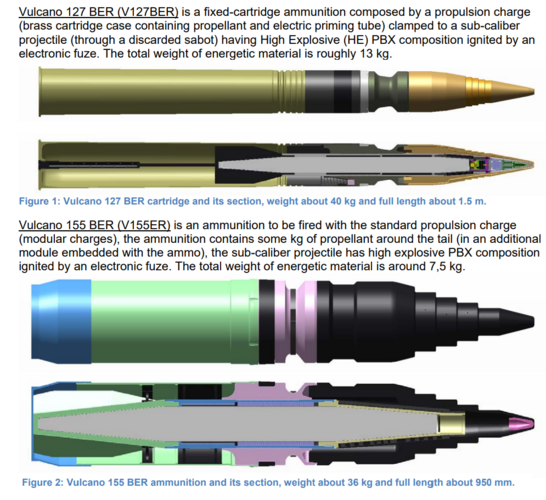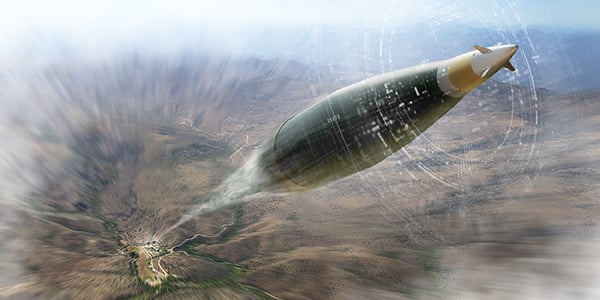The whole point of adding electronics to a shell is to cut down the number of rounds necessary to perform a mission. When the Ukraine conflict began the Russian goal was quantity over accuracy. Russia was trying to deny movement and soften up targets for ground troops, requiring many rounds over time. Dumb shells were the shells of choice. The defender on the other hand could not match quantity and needed to make the most of each shot, therefore precision rounds were preferable. Shoot and move. Attrition favors the side with a non-existent to sustainable attrition rate. The results have been high on both sides initially, but have largely been mitigated with technology on the Ukraine side. Russia just keeps pouring resources in and it has taken a predictable toll.



